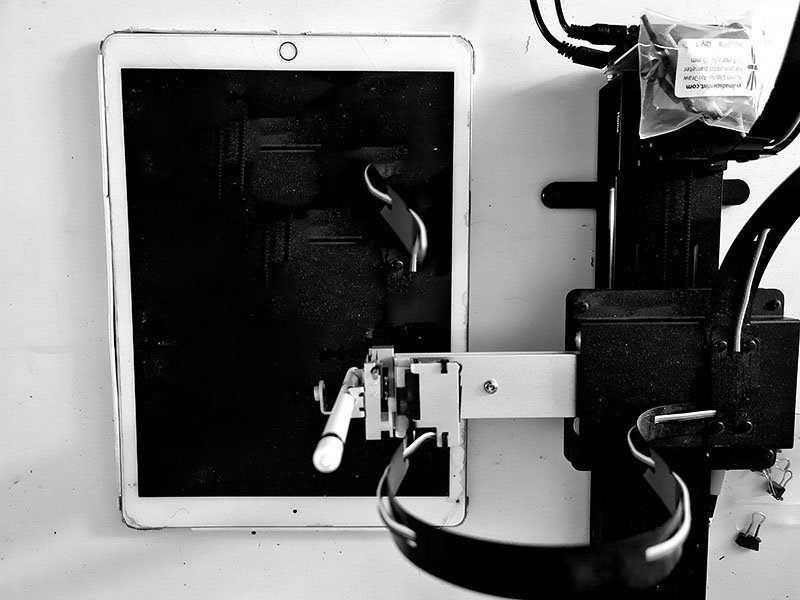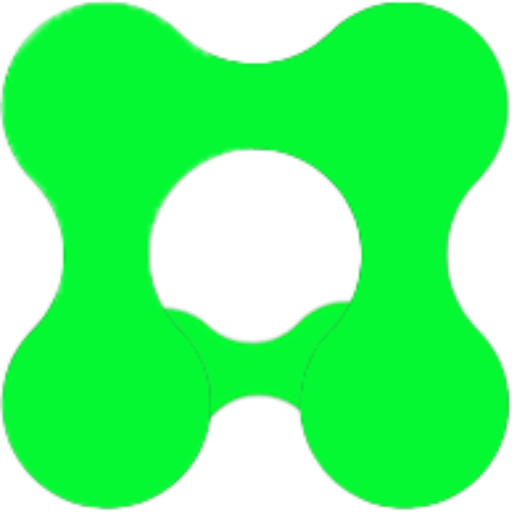
2016
Recycling digital trash from our computer trash cans
I am a creator and not a destroyer. I am convinced that each digital file has its own essence, even if it has been relegated to a virtual recycle bin at the end of its life. Beyond the unnecessary consumption of space and energy, this file played a role, had a use at a certain moment. It deserves a second life, a sort of digital reincarnation. Recycling isn’t just a way to free up storage space; it is an act of preservation of the information contained in the file, an act of respect for its previous history. To do this, I artistically compress a set of files into a single point made up of multiple pixels. This point is then drawn on a steel plate by a robot to avoid any breakage. “It’s a point, that’s all,” because this point contains within itself all the richness of the original files..Arsen Eca
In the saturated world of contemporary art, the artist Arsen Eca has stood out through an approach deeply committed to digital recycling. In an age where deletion is as simple as a mouse click, Eca reminds us that every file, every pixel, every unit of information, deserves a second chance, a new life.
Arsen Eca’s work could be seen as a response to our times where immediacy and the ephemeral seem to reign supreme. We live in a world where content is created and destroyed at breakneck speed, where the act of deleting is almost as common as the act of creating. In this landscape, Eca presents himself not as a destroyer, but as a guardian of information. It doesn’t just recycle for convenience, but to preserve and honor the amount of information encapsulated in each file.
Imagine a file, an image perhaps, doomed to deletion. In the hands of another, it would have been a digital residue, a piece of information with no added value. But under the aegis of Eca, it is recycled, transformed and reintegrated into a new whole, not only preserving its essence but also enriching a new context. It’s as if each pixel found a place within a new digital fresco, each frequency became a note in a new symphony of data.
Eca, in its ARSENECA laboratory, does not just revive these files; he integrates them into larger works that are both a reflection on conservation and a critique of our consumerist desire for novelty. His work questions the very notion of obsolescence in an era dominated by constant renewal. What does it mean to throw away a file? What does it mean to keep it? What do these acts say about us, about our relationship to sustainability, to information, to creation?
But Eca doesn’t just ask questions; it pushes us to reflect on our own practices. Isn’t the ease with which we delete and create symptomatic of a superficial relationship to information, to art, to life itself? By recycling, preserving, honoring every bit of information, Arsen Eca invites us to consider an alternative. An alternative where each creation, each emotion, each file has an intrinsic value that deserves to be preserved, honored, and perhaps even celebrated.
In short, Arsen Eca’s work is not only an act of conservation, but a poetic act, a resistance against the banality and transience of our time. It’s a reminder that in a world where everything can be erased in an instant, there is beauty and value in preservation. It’s not just art, it’s ethics.

